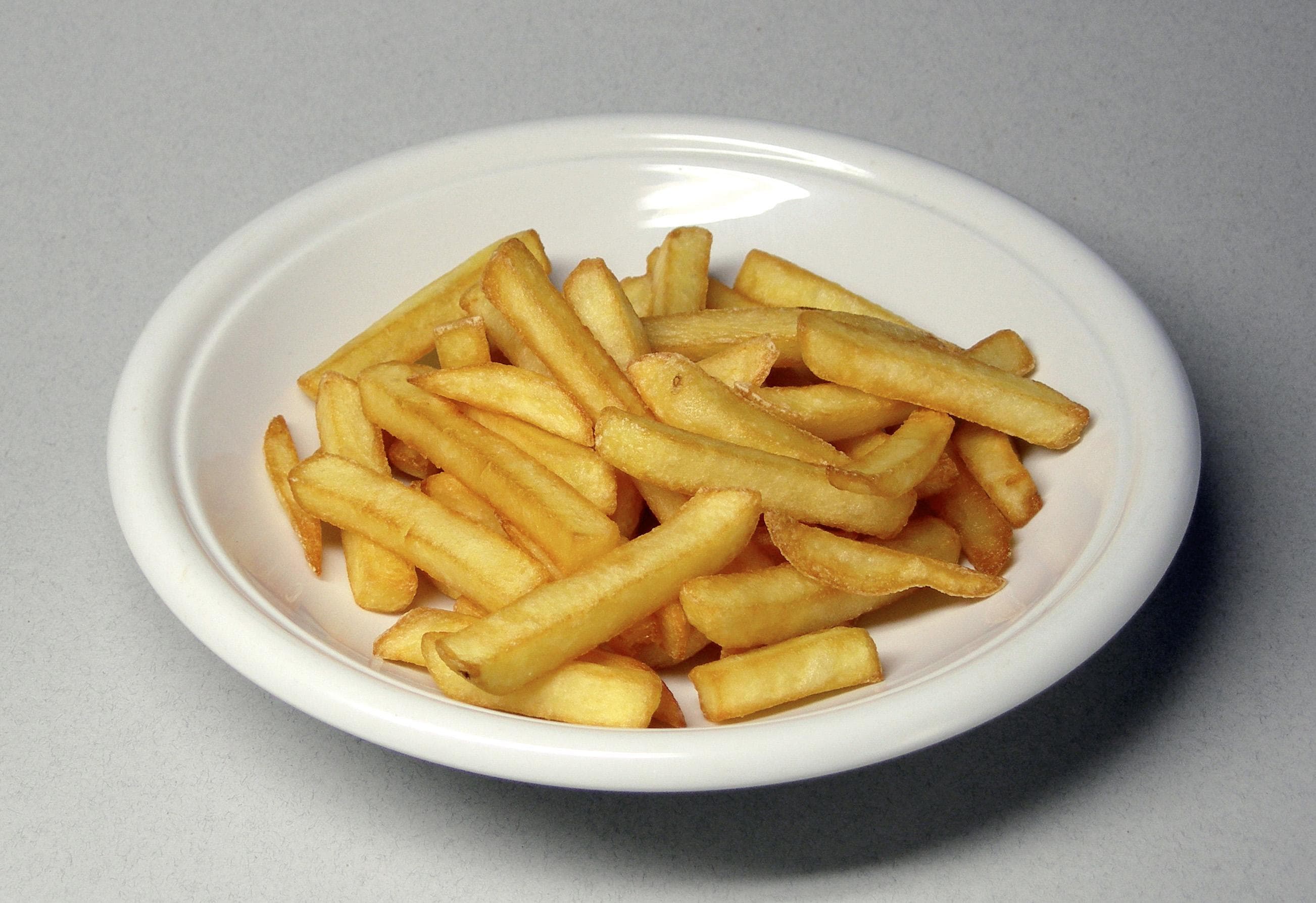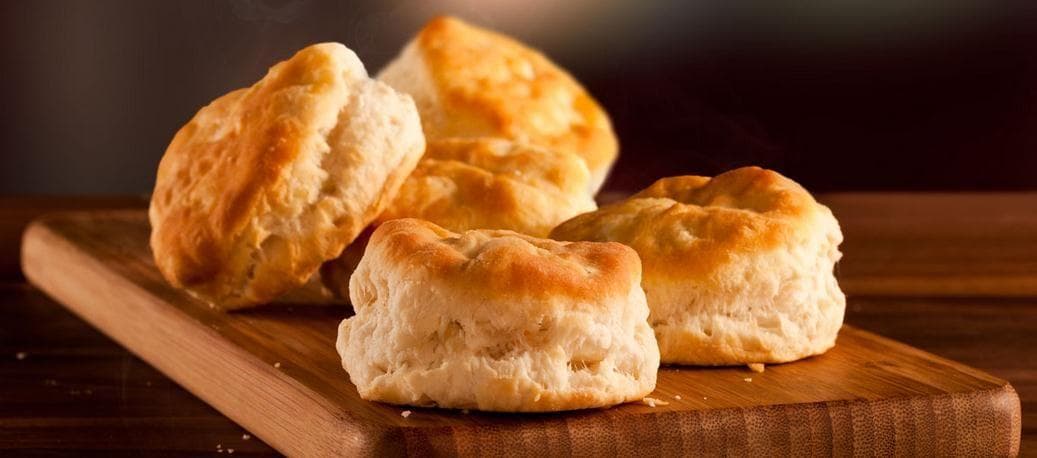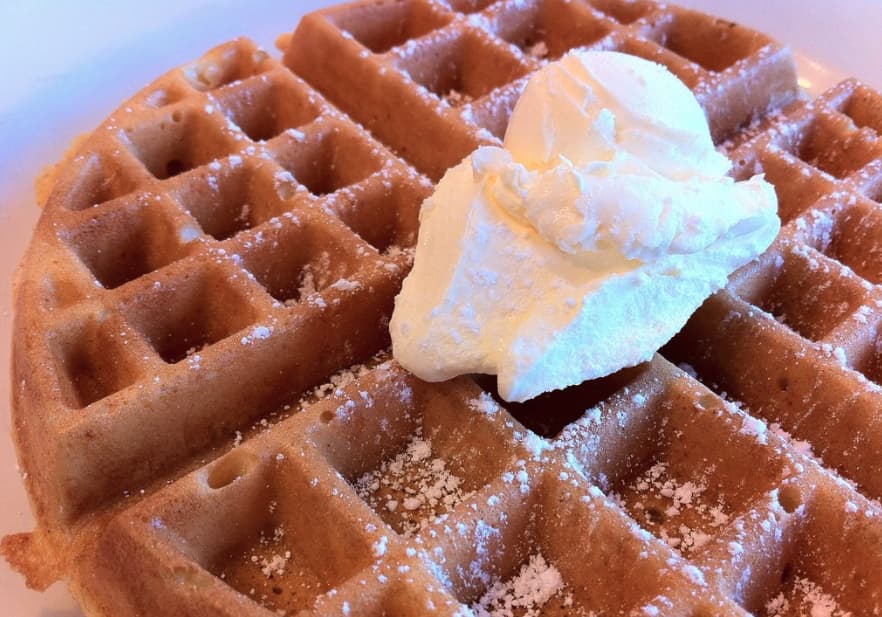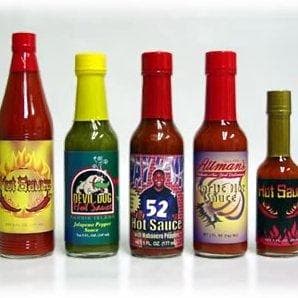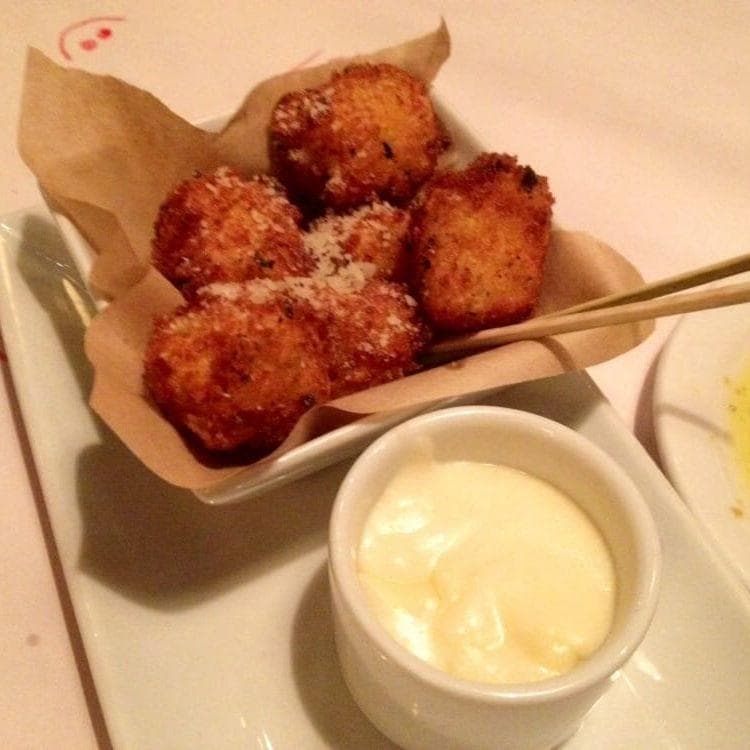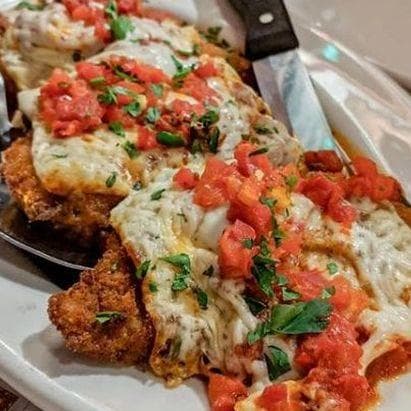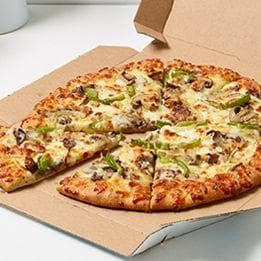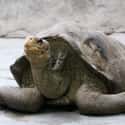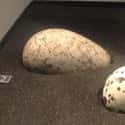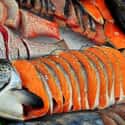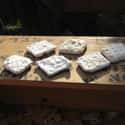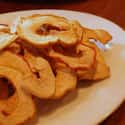-
(#2) Galapagos Tortoise Liver
California's population boomed during its gold rush. Importers saw it as a chance to capitalize off an exotic trade item: intercontinental turtles. From sea turtles to Galapagos tortoises, the San Francisco markets went crazy for these reptiles. In 1849, at least 122 Galapagos tortoises were sent to the San Francisco Bay. The number was over 500 in 1855.
Butchering the mammoth tortoises was no easy task, but their parts were used in everything: pies, soups, and baked goods. Turtle steak was also a common dish, but many partakers believed the liver was the most delectable. As one captain wrote in his diary, turtle liver was "far superior to any kind of meat I ever ate."
Galapagos tortoise numbers declined dramatically as a result of their inclusion in Bay Area menus. As the California Gold Rush ended and San Francisco prepared itself for the burgeoning industrial era, interest in eating turtles declined, too.
-
(#10) Murre Eggs
Just off the coast of San Francisco, the Farallon Islands were home to large populations of seabirds during the California Gold Rush. As food supplies diminished due to the population boom, adventurous businessmen traveled to the Farallones in search of a profitable protein source: eggs.
Egg poaching became a dangerous, but trendy, endeavor. "There are really no shores where you can land a small boat except with great perils," said Mary Jane Schram of the Gulf of the Farallones National Marine Sanctuary. After a San Francisco pharmacist started boating out to the islands and selling murre eggs in the city, the "egg rush" officially began.
Eggs of the murre, a bird that resembles a penguin, were favored because they were twice the size of chicken eggs. In 1851, the Pacific Egg Co. was founded. It's estimated that half a million murre eggs were poached each year, which had catastrophic effects on the bird's population.
Once the proliferation of chicken farms was able to satisfy the egg craze, the Farallones were left alone. Today, murre rookeries are thriving.
-
(#15) Nettle Soup
Nettles were used by Native Americans in Northern California long before the gold rushes. They found the fibrous plant good not only for weaving fishing nets, but also for making soup. As nettle leaves are one of the first signs of growth to arrive after snow melts, collecting and cooking them became a common practice in the gold rush era.
Nettles have a spinach or cabbage flavor when they're cooked, which made them a good alternative to greens that were unavailable to gold miners. The leaves were often mixed with starch to create a thicker consistency.
-
(#8) Salmon Stew
Seafood was a staple for lucky miners, and Pacific salmon was a fatty treat for those who came across it.
Stews and soups bring ingredients together before they spoil into a filling meal that can last for a few days. This recipe is a variation on the sort of stew miners in the Yukon would have feasted on, calling for salmon, milk, butter, flour, salt, and pepper.
-
(#9) Hard Tack
Hard tack is about as flavorful as it sounds. Composed of only two ingredients - flour and water - hard tack was the mass-produced snack of the military that became popular among miners for being cheap and easy to make.
Essentially dry, stale crackers, hard tack was prevalent during gold rush times, a testament to the fact that it wasn't all glitz and glamour for gold miners. In fact, most of them lived in dirty camps with little to eat. If they were lucky, they could add some salt to their hard tack.
-
(#11) Dried Apples
Once prospectors made the exhausting journey all the way to California, the food available to them in camps was not much different from the minimal rations they carried with them. While they were fed tales about the riches awaiting them, what they found instead were long, tiring hours of work and little nourishing food.
As one miner wrote, they were left with "hard bread which we eat half-cooked, and salt pork, with occasionally a salmon which we purchase of the Indians. Vegetables are not to be procured."
Typical fare in the camps included dried apples, which lasted much longer than fresh fruit. Dried apples were hated by miners, and one of them even took to poetry to articulate his disdain:
I loathe! Abhor! Detest! Despise!
Abominate dried apple pies;
I like good bread, I like good meat;
Or anything that’s good to eat;
But of all the poor grub beneath the skies
The poorest is dried apple pies.
Give me toothache or sore eyes
In preference to such kind of pies.
New Random Displays Display All By Ranking
About This Tool
After the gold mine was discovered, the Americans were exciting and the world shocked. The gold rush is of great significance to the economic development, agricultural expansion, and the transportation revolution of the United States in the 18th and 19th centuries. But whether it was the gold rush in California or Australia and New Zealand, there were not enough foods for the immigrants.
Opportunities and challenges always coexist. Many gold prospectors brought their own special food together during the gold rush. People can clear know the influences of the gold rush from these foods today, you could find random 15 surprising foods that prospectors ate.
Our data comes from Ranker, If you want to participate in the ranking of items displayed on this page, please click here.



